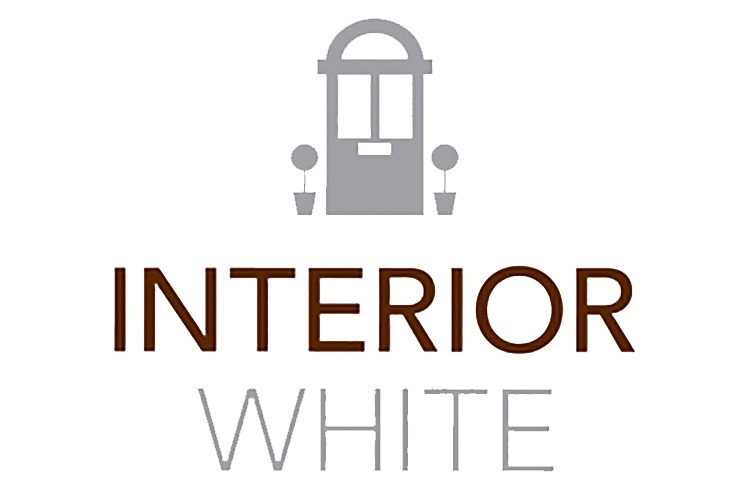MASTER OF THE FLAT-PACK
After spending many years perfecting the art of putting flat-packed furniture together, we here at Interior White have developed a few easy tips to make the entire building process a little easier.
1. Buy an electric screwdriver with replaceable bits.
If putting together more than one item, it might be best to skip the included tools often provided with your new purchase—the small utensils require you to use a lot of force, which can put a strain on your precious fingers. Our advice is to simply purchase an inexpensive electric screwdriver with interchangeable bits. It's better to use these over a heavy-duty drill because the low power won't damage the wood. It's also a great tool to have when you're looking to securely mount your new furniture to the wall.
2. Use a large rubber mallet instead of a hammer.
Many flat-pack designs use wooden dowels to link two pieces of wood together, and they usually need a good pounding to get them in! Using a metal hammer can damage the premade holes, making the dowel feel less secure, so utilise a large rubber mallet to help spread the force out more evenly and keep the furniture pieces tight together. Do make sure to get a white mallet so that you don't leave black rubber marks!
3. Separate and count your pieces.
Before jumping right into assembling your furniture, it's a good idea to take a moment to separate each screw and wooden dowel. Since flat-pack instructions are usually purely visual, separating and counting all those little pieces will allow you to ensure you're putting the right screw/dowel in the right place.
4. Customise before you put together.
If you're someone who enjoys adding your own personal touch to things, before you start putting your furniture together you might want to take a step back and consider what you might want to customise. Maybe you want to add a hole to a new drawer unit for cable management purposes or paint the backboard of a cupboard. Customising your furniture before assembly is the perfect time to add these touches since each piece is already separated, so you won't have to worry about things like taping or accidentally getting paint on other pieces.




